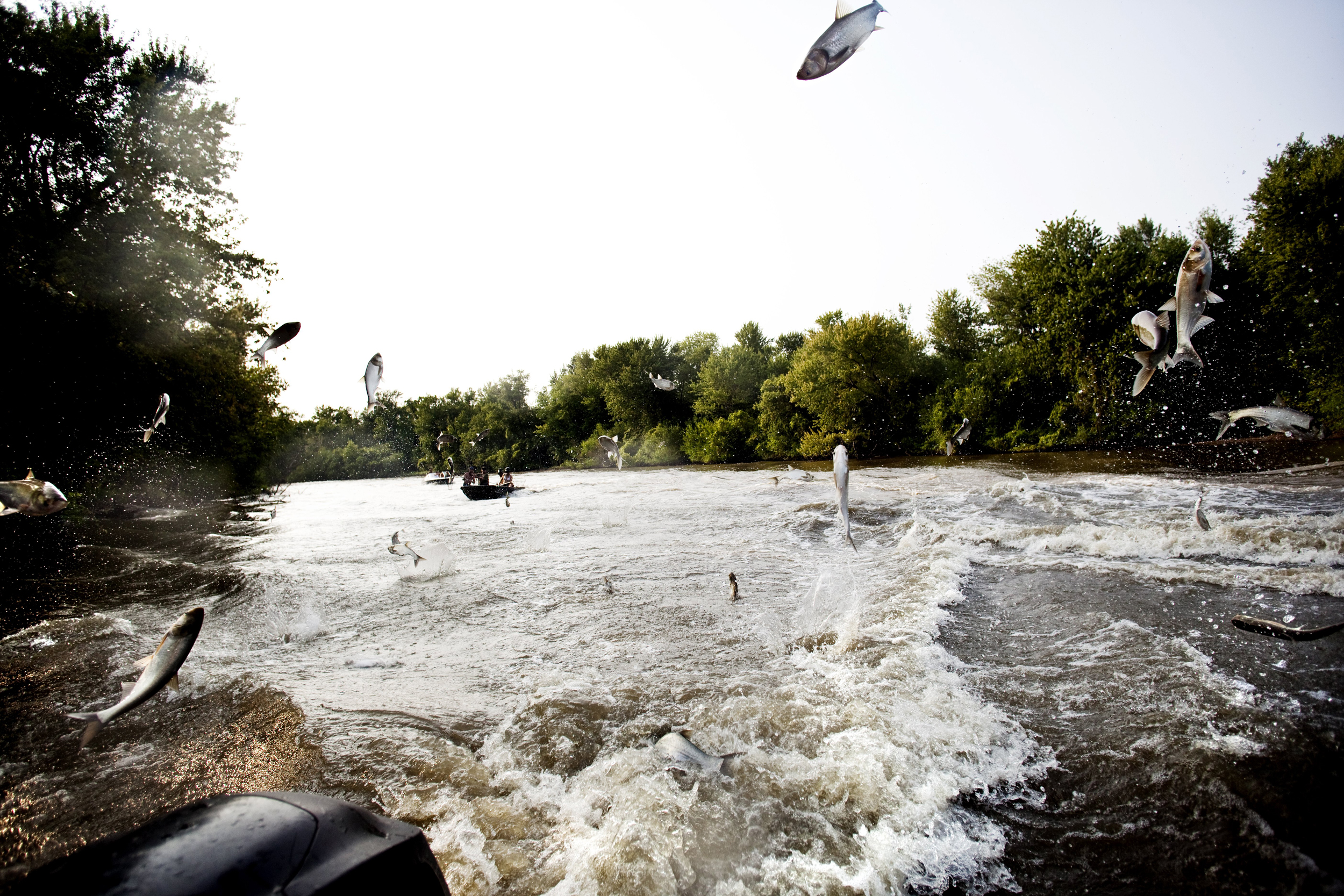The Great Lakes: Challenges, Conservation, and the Fight Against Invasive Species
The Great Lakes are one of North America's most remarkable natural treasures. Covering more than 94,000 square miles, they form the largest group of freshwater lakes on Earth. These lakes—Superior, Michigan, Huron, Erie, and Ontario—supply drinking water to millions. They also support a multi-billion-dollar fishing and recreation industry, making their health crucial on both environmental and economic fronts.

The Ecological Importance of the Great Lakes
The Great Lakes sustain diverse ecosystems. They support over 3,500 species of plants and animals. These lakes act as vital migratory stopovers for birds and play a significant role in climate moderation across the region. But this unique ecosystem faces ongoing threats that challenge its delicate balance.
Invasive Species: A Persistent Threat
One of the gravest threats to the Great Lakes comes from invasive species, particularly Asian carp. These voracious fish compete with native species for food and habitat. According to Inside Climate News, any delay in barrier construction could allow more carp to enter, putting the entire ecosystem at risk. They consume huge amounts of plankton, destabilizing the food web and threatening native fish populations.
Efforts to block invasive carp have led to major infrastructure projects like the Brandon Road Lock and Dam. Michigan and Illinois, in collaboration with the U.S. Army Corps of Engineers, agreed on a $1.15 billion project to enhance barriers. Despite the urgency, funding disputes have slowed progress. As biologist David Lodge noted, "The fish are still swimming and eating and reproducing the whole time we humans are talking and planning."
Ongoing Projects and Political Hurdles
Funding for these projects remains at the center of political debate. Illinois Governor J.B. Pritzker has demanded federal guarantees before transferring property required for construction. His stance underscores the need for reliable coordination among states and federal agencies. For detailed coverage of these negotiations, see the in-depth article on mlive.com.
Recent advancements include the awarding of the initial construction contract for the Brandon Road Interbasin Project, aiming to prevent the farther spread of invasive species. Learn more about these latest developments from the U.S. Army Corps of Engineers on DVIDS.
Why the Great Lakes Must Be Protected
Beyond commerce and recreation, the Great Lakes are a lifeline for communities. Pollution, harmful algal blooms, and invasive species all pose ongoing risks. Climate change compounds these threats, leading to severe weather and increased nutrient runoff.
Safeguarding the future of the lakes requires a combination of government action, scientific research, and public awareness. Every delay in essential projects brings new risks. Each action toward conservation is a step toward sustainability.
Conclusion: Community Action and Lifelong Stewardship
Protecting the Great Lakes is a long-term effort. As we face climate, political, and ecological challenges, the region's future depends on collaborative solutions and timely action. Stay informed, support sensible initiatives, and advocate for the protection of these natural wonders. The lakes' health ensures clean water, rich biodiversity, and a vibrant legacy for generations to come.